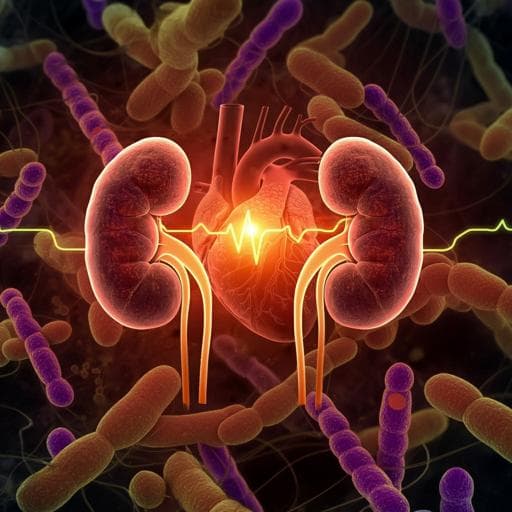
Medicine and Health
Effect of fruits granola (Frugra®) consumption on blood pressure reduction and intestinal microbiome in patients undergoing hemodialysis
H. Nagasawa, S. Suzuki, et al.
This groundbreaking study by Hajime Nagasawa and colleagues uncovers the promise of fruit granola (FGR) for hemodialysis patients. Over two months, FGR consumption led to significant reductions in blood pressure, serum indoxyl sulfate levels, and improved gut microbiome diversity. Discover how such dietary changes could be crucial in battling cardiovascular diseases in this vulnerable population.
~3 min • Beginner • English
Related Publications
Explore these studies to deepen your understanding of the subject.







